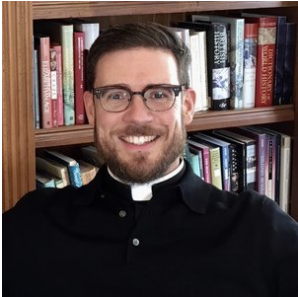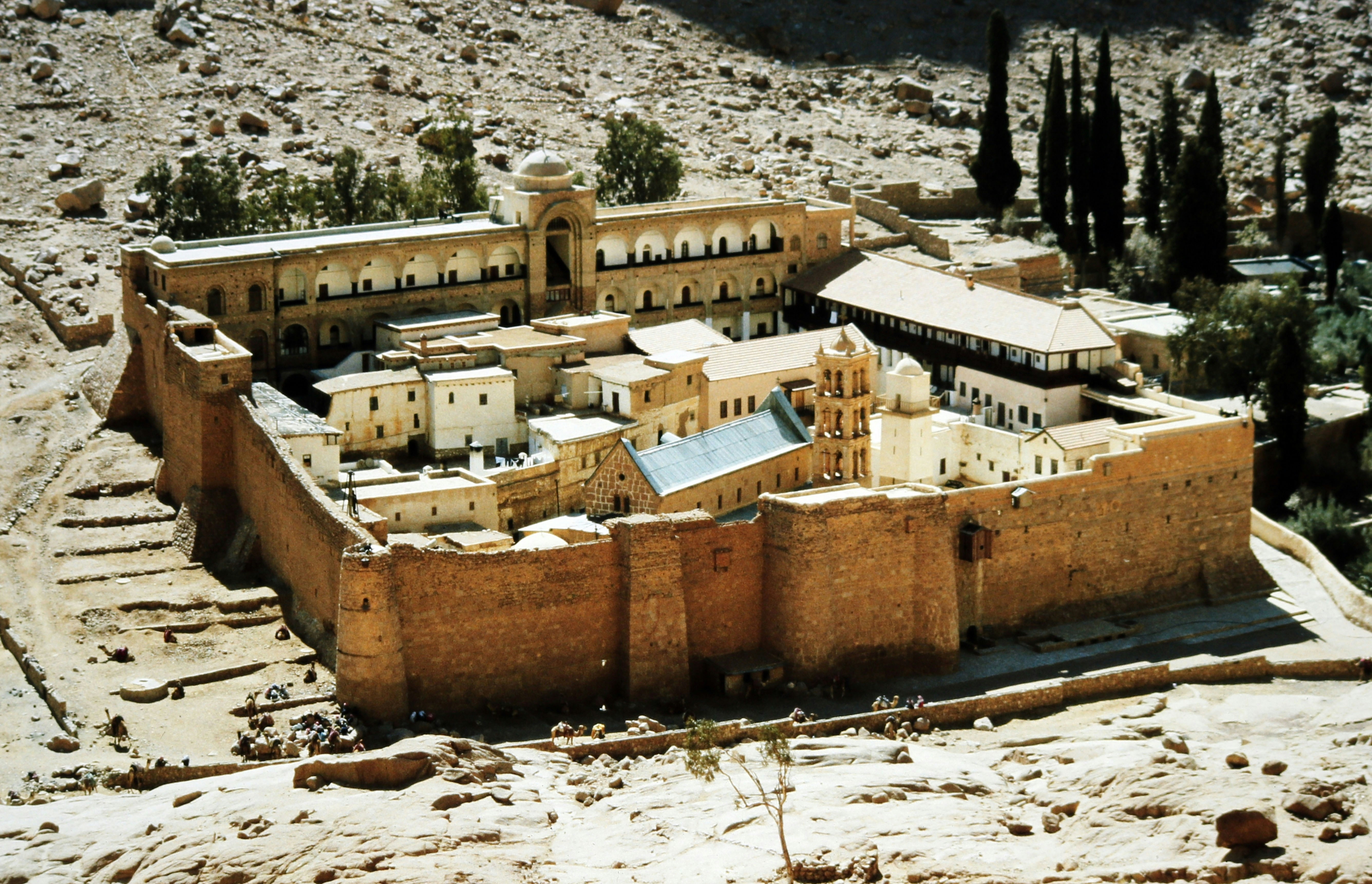Contributors to this series are asked to consider both the historical significance of recent developments in Ukraine, but also the practical implications for religious communities of the latest developments. What is the role religious communities can play in seeking to bring an end to the conflict and secure fundamental rights and freedoms, including religious freedom within a healthy denominationalism? What steps should policy makers take to promote peace and advance fundamental rights and freedoms for all in Ukraine.
This series builds on a joint RFI-USIP event hosted on October 31, 2018.
To read all posts in this series visit: Considering the Religious Dimensions of the Conflict in Ukraine

The current conflict that embroils Russia and Ukraine is one which has brought untold suffering in Ukraine’s Donbas region and in the Russian-annexed Crimean Peninsula. It has also brought into sharp focus the existential reality of Ukraine in terms of its sovereignty, its political stability, and its economy. And, in a way perhaps unlike any other European conflict since the 1648 Treaty of Westphalia, it is a conflict that has had a direct impact on the religious character of the country and its people.
Sadly, this is a conflict that has been largely forgotten by western elites and media, who have frequently mistaken it as some sort of civil war within Ukraine between the Russian-speaking and largely Orthodox east and south of the country and the largely Ukrainian-speaking and more religiously pluralist west. It is decidedly not a civil war. To maintain this fiction is an exercise in the most fantastical geopolitical myth-making. Indeed, according to the Council of Foreign Relations, since the beginning of the Russian incursion into the Donbas region in April 2014, the conflict between the Ukrainian army and Russian-backed separatists has led to 10,300 deaths and 24,000 injured. In addition, it is estimated that 1.5 million Ukrainian civilians are now internally displaced. These figures have resulted from Ukrainian forces fighting a defensive campaign wholly within Ukraine’s sovereign territory against an external aggressor and its proxies within eastern Ukraine. It is worth recalling that the territorial integrity of post-Soviet Ukraine is a matter of international law, affirmed in the 1994 Budapest Memorandum on Security Assurances in which the Russian Federation, the United Kingdom, France, and the United States confirmed the borders of Ukraine as a Soviet successor state. Russia has consistently justified its violation of the memorandum by arguing that the U.S. breached the memorandum when it instigated what Russia considers a U.S.-inspired coup —the Euromaidan revolution of January 2014—and additionally that this revolution therefore changed the nature of the Ukrainian state. It is a fine example of Vladimir Putin’s highly creative realpolitik and has had the desired effects: 1) the conflict has dropped out of European and North American consciousness, 2) the conflict has de-escalated into a frozen conflict, much like others in Russia’s near abroad, all to the benefit of Putin’s control-through-chaos Eurasian strategy, and 3) the conflict continues to destabilize the Ukrainian economy.
The 4-year-long conflict has brought with it a deterioration in the religious freedom of Ukrainians living in Crimea and the Donbas. The illegal Russian annexation of Crimea in 2014 was soon accompanied by vandalism, intimidation, and suppression by the occupying authorities against the Ukrainian Orthodox Church of the Kyiv Patriarchate (UOC-KP) and its clergy along with the clergy of the Ukrainian Greco-Catholic Church (UGCC). Russian restrictions on all religious groups other than the Ukrainian Orthodox Church of the Moscow Patriarchate (UOC- MP) rendered UOC-KP and UGCC leaders as strangers in their own land. Similarly, Crimean Tatars were met with attacks and the forced dissolution of their legitimate representative body, the mejlis, and the exile of their leaders. As recounted in its 2018 report on religious freedom in Russia, the United States Commission on International Religious Freedom (USCIRF) details that in the Donbas the early days of occupation brought with them kidnappings, torture, and robberies of members of non-UOC-MP religious communities. Russian-backed insurgents seized and continue to hold more than 50 church buildings belonging to the-then UOC-KP, the UGCC, and other minority churches were seized and remain in insurgent hands. In the present frozen conflict, those members of minority religious communities remaining in occupied areas are subject to regular intimidation, arrest, fines, and are subject to official slander for their beliefs.The insurgents in control of the Luhansk and Donetsk People’s Republics evince a deep suspicion of all those who are not affiliated with the UOC-MP.
Geopolitically-speaking, it is indeed a gloomy picture. However, in the midst of such a period of instability, a significant historical development has emerged, which betokens a healing within the Ukrainian nation. If we look back to the days of the Maidan revolution, christened by many the Revolution of (Human) Dignity (in Ukrainian Революція гідності, or revolyutsiya hidnosti), it was characterized above all by almost continual public prayer led by the majority of Ukraine’s faith communities. This strong religious character of Ukraine has been present throughout the conflict. In the face of Russian aggression and the explicit support of the UOC-MP for Russian actions, the Ukrainian Orthodox faithful and clergy have been exercising a degree of ecclesial choice and freedom not seen since the 1990s and have been leaving the UOC-MP. For many this departure left them without a legitimate spiritual home as the UOC-KP and Ukrainian Autocephalous Orthodox Church (UAOC) did not enjoy valid canonical status within global Orthodoxy, despite it having been their desire to rectify this through various appeals over the years. The granting of canonical status to these two churches in October 2018 by the Ecumenical Patriarch Bartholomew, who enjoys primatial status among Orthodox and may exercise canonical authority in the interest of the faithful and to advance unity, resolved this matter. His action responded to the wishes of those Orthodox faithful and clergy in Ukraine who sought a legitimate home outside the UOC-MP. The much-heralded unification of the UOC-KP and the UAOC in December 2018 into the new Orthodox Church of Ukraine (OCU), the first truly national autocephalous Orthodox church in Ukraine, has healed a fracture within the church of Kyivan-Rus’. The response of the Moscow Patriarchate in breaking off communion with Constantinople raised a significant hue and cry, but to the most astute observers it was an entirely predictable act.
What then are we to glean from this new unity amidst chaos? There are three important observations that can be made, all of which bear considering as we advance into 2019. Firstly, the Russian government and President Putin have gravely miscalculated in employing the Moscow Patriarchate as an apologist for their actions in Ukraine. The MP has hitherto been a fairly effective instrument of Kremlin soft power, especially in its relations with the Holy See and its involvement in Syria and the Middle East where it has claimed the mantle of a defender of persecuted Christians. It is a threadbare mantle though, which reveals Russia’s leaders’ persecution of their fellow Christians in their own backyard. In Ukraine, the MP has emerged as a potent symbol to many of Russian hard power and resurgent Muscovite imperialism, and they are rejecting it. Secondly, the schism between Moscow and Constantinople has to-date proven a paper tiger as the other autocephalous Orthodox churches, including Moscow’s allies in Serbia and Antioch, have failed to tow the MP line and have maintained communion with the Mother See of Constantinople. Finally, the presence of the OCU can emerge as a strong unifying force in Ukraine. Ukraine, unlike Russia, has always embraced a greater religious pluralism with many different churches, Protestant ecclesial communities, and non-Christian communities, especially the revived Jewish community, living with one another and largely free, at least in the modern period, from any grave molestation. The Ukrainian government must now live up to and re- embrace that pluralism and keep its word that those of its citizens who are members of the UOC-MP will be able to exercise full religious freedom, which is an indispensable such a mark of a truly pluralist de
mocracy that embraces human dignity.
Rev. Dr. Andrew P.W. Bennett is a Senior Fellow of the Religious Freedom Institute and a Ukrainian Greek-Catholic deacon of the Eparchy of Toronto and Eastern Canada. Fr. Deacon Andrew also serves as Senior Fellow at Cardus, Canada’s faith-based think-tank, where he is Programme Director of Cardus Law which looks at the role of law in society with a particular focus on religious freedom in Canada. Fr. Deacon Andrew previously served in the Canadian foreign service as Canada’s first Ambassador for Religious Freedom and Head of the Office of Religious Freedom from 2013 to 2016 during which time he led in defending and championing religious freedom internationally as a core element of Canada’s principled foreign policy.
All views and opinions presented in this essay are solely those of the author and publication on Cornerstone does not represent an endorsement or agreement from the Religious Freedom Institute or its leadership.
THE RFI BLOG

Is Egypt’s Government Trying To Take Over Christianity’s Most Important Monastery?

Does Southeast Asia Lead the World in Human Flourishing?

RFI Leads Training Session on Religious Freedom Law and Policy for U.S. Army War College

Oral Argument in Charter School Case Highlights Unconstitutional Motives Behind OK Attorney General’s Establishment Clause Claim

Largest Longitudinal Study of Human Flourishing Ever Shows Religion’s Importance
CORNERSTONE FORUM

Reaffirming Religious Freedom: Bridging U.S. Advocacy and Iraq’s Constitutional Framework

Political Polarization, Same-Sex Marriage and Religious Liberty

Bridging the Gap Between International Efforts and Local Realities: Advancing Religious Freedom in the MENA Region

Challenges to Religious Freedom in Iraq and the Critical Need for Action

